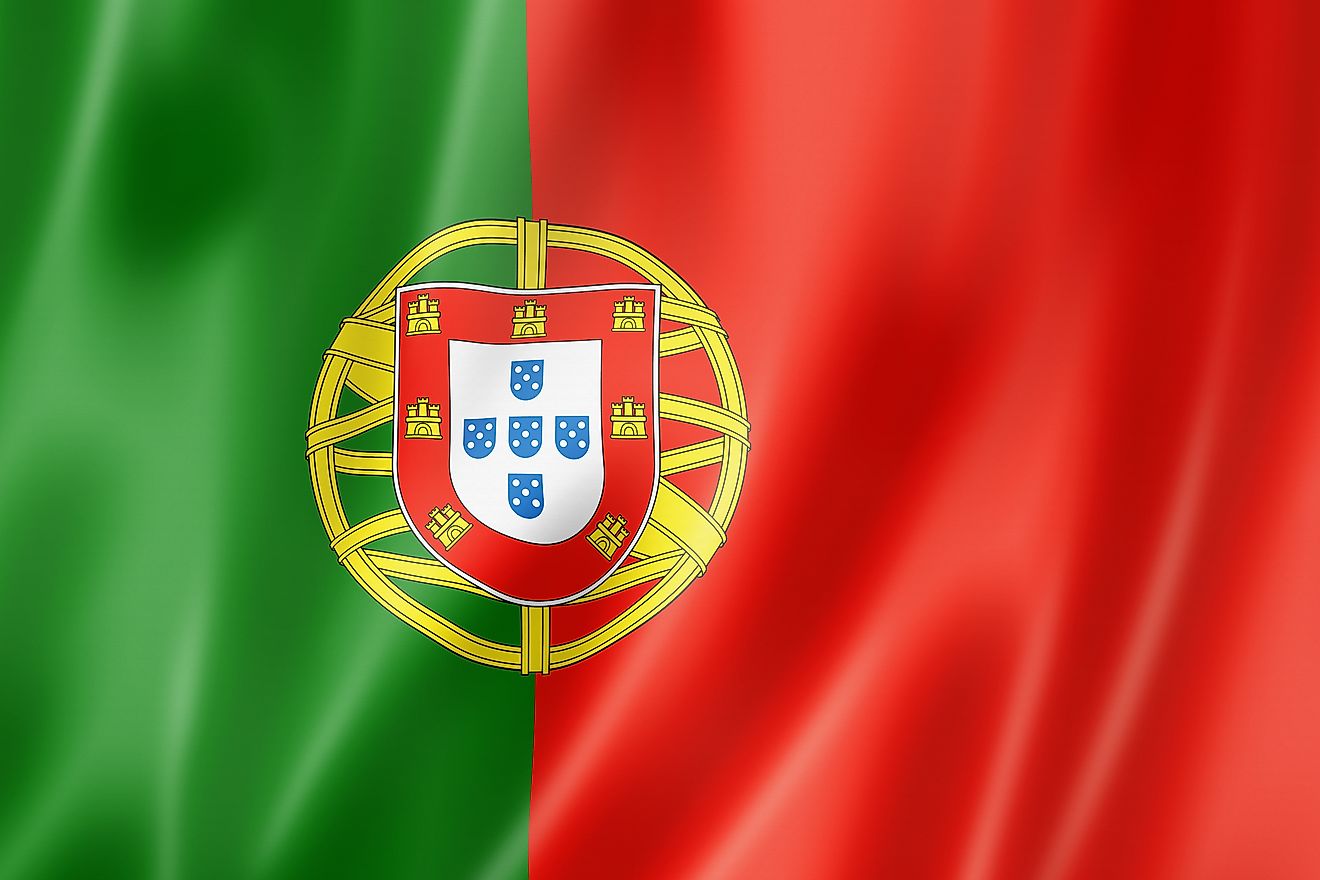Presidents Of Portugal Since The Carnation Revolution

Portugal is a country in the Southwestern Europe on the Iberian Peninsula. It is a semi-presidential representative democratic republic characterized by separation of powers among the Organs of Sovereignty; the president, the government, the court, and the Assembly. The president of Portugal is the head of state. He or she appoints and can dismiss the prime minister and some government officials. He or she can call for an early election which will lead to dissolution of the Assembly. He or she vetoes legislations and can declare a state of war. The president is also the ex 0fficio Commander-in-Chief of the Portuguese Army.
Presidents
António de Spínola
António de Spínola was a Portuguese army personel and a Politician who was key in Portugal’s transition after the Carnation Revolution. He assumed an important public space in the revolution when Marcelo Caetano, the president of the council of ministers insisted that he would only surrender power to him. He was given the rendition of Government on April 24, 1974. António de Spínola and other associates formed the Junta de Salvacao Nacional following the Carnation Revolution allowing Spaniola to take on the role of President on May 15, 1974. President Spinola and Mobutu of Zaire plotted the ouster of Agostino Neto of Angola by fronting several leaders against him including Chipenda. António de Spínola lasted as the president of Portugal from May to September 30, 1974. His resignation was partly because of what he viewed as adverse effects on military and independence of the Portuguese colonies.
Francisco da Costa Gomes
Francisco da Costa Gomes was an army official and the second president after the Carnation Revolution from September 1974 to July 1976. He was appointed the military commander of the Angola region in 1970 where he established a military agreement with UNITA against MPLA and FNLA. In 1972 Gomes was recalled to the country to take up the position of the Chief of the Armed Forces. Gomes was one of the military officers who made up the Junta de Salvacao Nacional. He was appointed the second in command after Antonio Spinola. He assumed the presidency after the resignation of Spinola and occupied the post until the first presidential elections in June 1976.
António Ramalho Eanes
António Ramalho Eanes is a general who served as the country’s 16th president from 1976 to 1986. In 1975, he led a military operation of the coup on November 25. He served as the General Staff of the Armed Forces from 1976 to 1981. He was the first elected president of Portugal and was reelected for the second term in 1980 and served until February 1986. He is a member of the Portuguese Council of State. António Ramalho Eanes is credited for reforms in the education and health sector. During his tenure, the country also made strides in the GDP growth over the decade.
Presidency before the Carnation Revolution
Before the revolution, the power of the president varied from one president to the other. Some presidents such as Pais and Carmona were dictators who ruled the Portugal Republic without following the existing constitution. Other presidents were more of a figurehead. However, the prime minister held the supreme power during this period.
Presidents Of Portugal Since The Carnation Revolution
| Presidents of Portugal Since 1974 | Term in Office |
|---|---|
| António de Spínola | May to September of 1974 |
| Francisco da Costa Gomes | 1974-1976 |
| António Ramalho Eanes | 1976-1986 |
| Mário Soares | 1986-1996 |
| Jorge Sampaio | 1996-2006 |
| Aníbal Cavaco Silva | 2006-2016 |
| Marcelo Rebelo de Sousa (Incumbent) | 2016-Present |







